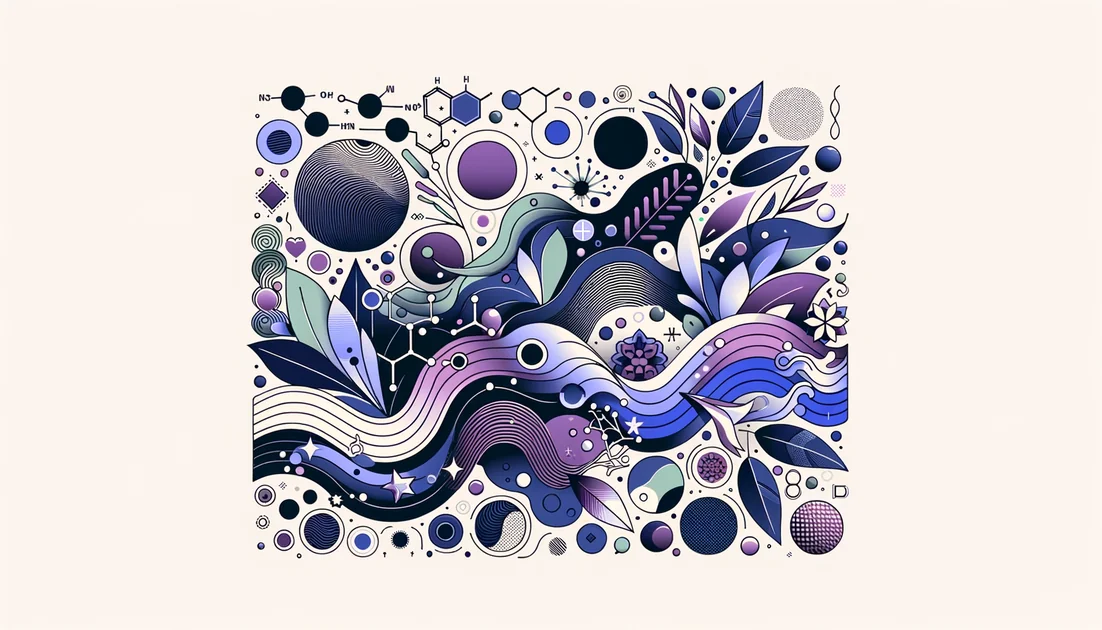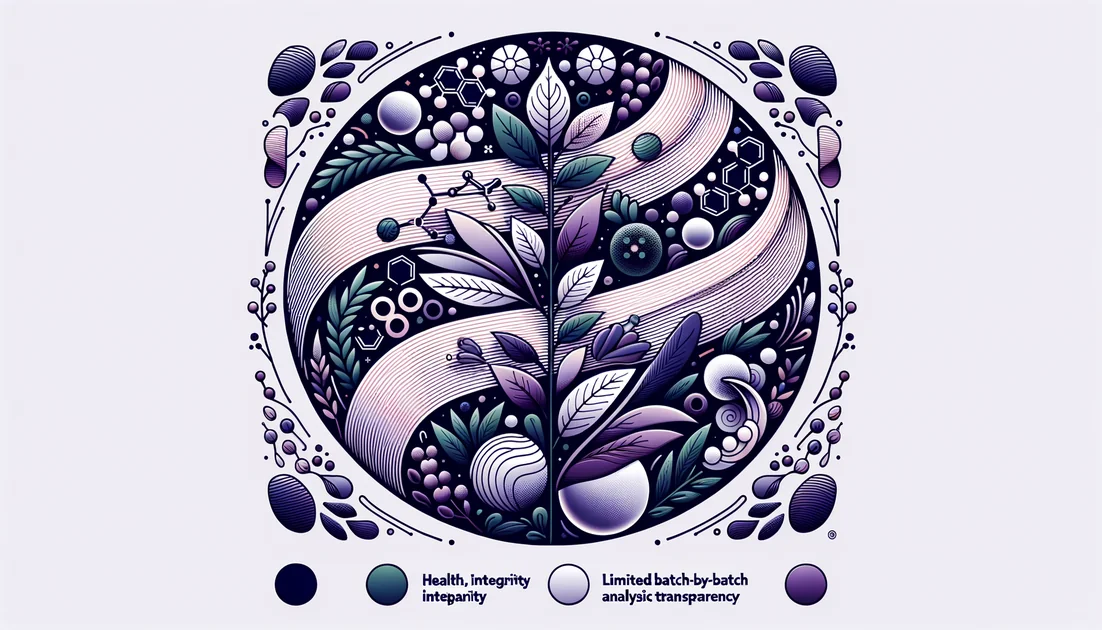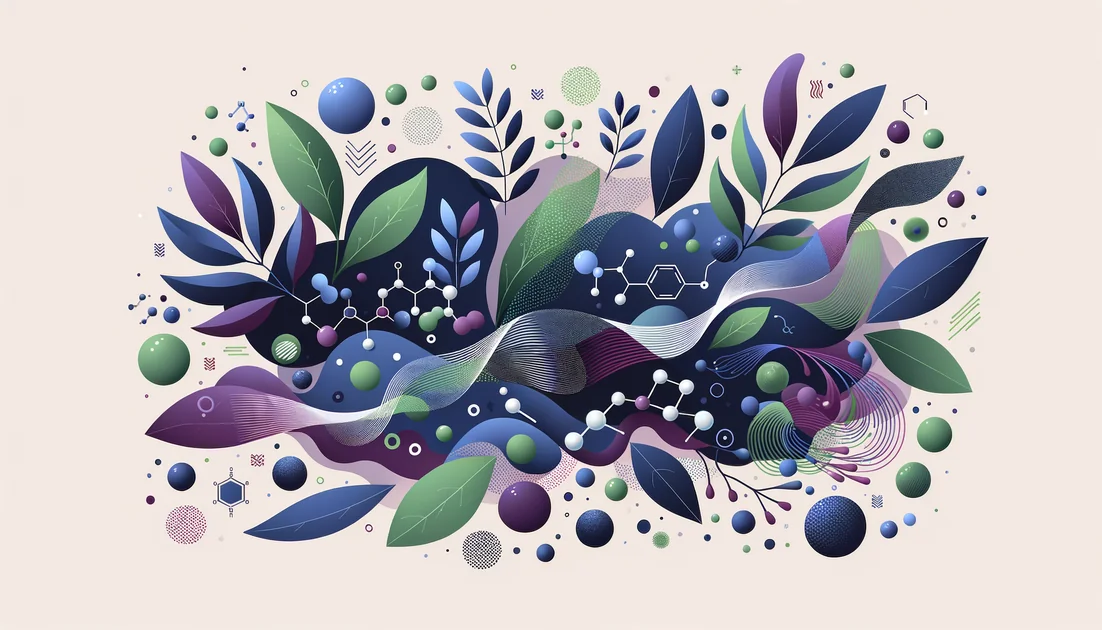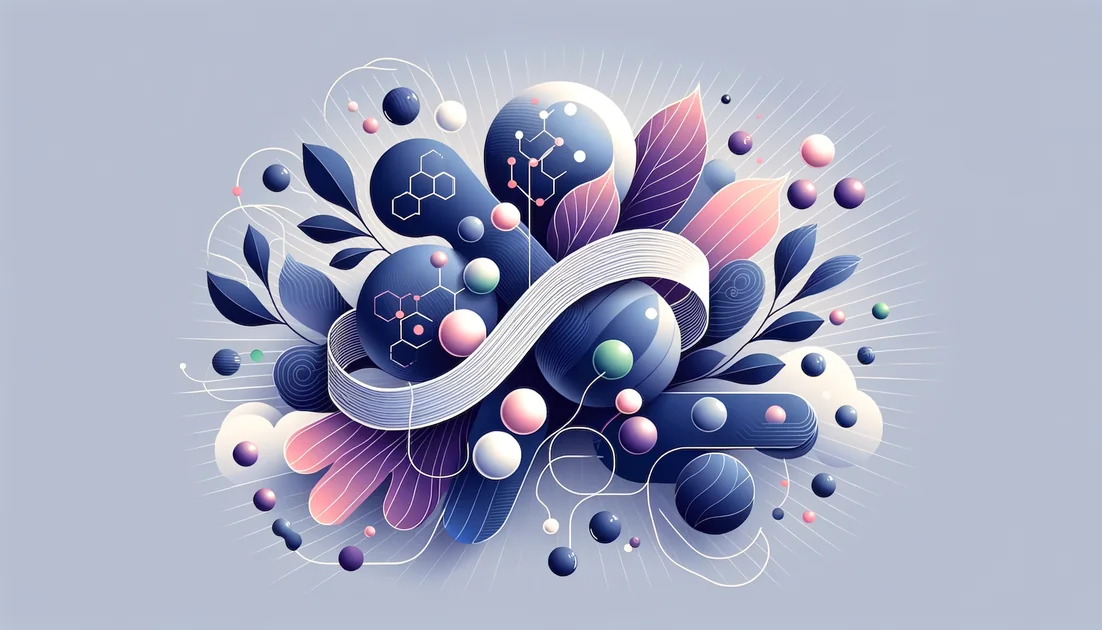
Threads of Light: How a Royal Dye Became a Research-Backed Aid for Mood, Sleep, and Sight
A handful of crimson threads once colored kings' robes and perfumed Roman streets. Today, the same threads are being packed into tiny capsules and tested for something more intimate than luxury: calmer minds, deeper sleep, and even clearer sight.
- Evidence
- Promising
- Immediate Effect
- Within 1–2 weeks (mood/sleep often start shifting) → 4–12 weeks for mood/sleep; ~3 months for vision changes
- Wears Off
- Often within 2–4 weeks after stopping, based on short follow-ups in mood and mid-term AMD data
The spice that stained history—and started a new investigation
In ancient marketplaces, saffron was guarded like treasure. Each thread is the dried stigma of a fall-blooming crocus; it takes roughly 150–170 flowers to make a single gram, which helps explain why it's long been the world's most expensive spice. Yet beyond the price and pageantry, saffron's story was always medicinal: a tonic for melancholy in Persian tradition, a dye for monks' robes, a fragrance strewn for emperors. That's the backdrop against which modern scientists returned to this old remedy with new questions. [1][2]
First clue: teenagers, a pantry, and brighter moods
A few years ago in Western Australia, researchers gave adolescents with persistent low mood either a standardized saffron extract or a look-alike placebo for eight weeks. The teens taking saffron reported a 33% lift in mood versus 17% on placebo. Lead investigator Dr. Adrian Lopresti put it plainly: "Saffron has been shown to be an effective natural antidepressant in adults.. we were interested in its potential to alleviate depressive and anxiety symptoms in teenagers." [3] Zoom out, and the wider evidence on mental health is promising. Meta-analyses suggest saffron reduces symptoms of depression and anxiety compared with placebo, and in small trials it has performed about as well as standard antidepressants for mild-to-moderate depression. The signal isn't perfect—some scales show stronger effects than others—but across studies the direction points the same way. [4][5] What might be happening under the surface? Think of mood regulation as a city grid: traffic lights (neurotransmitters) and road crews (antioxidant systems) both keep things moving. Saffron's carotenoids (crocin, crocetin) and aroma compound (safranal) appear to reduce the chemical "rust" that jams those systems and may support serotonin signaling—the brain's steadying hand on the wheel. As a Cleveland Clinic dietitian put it, "The antioxidants in saffron could help protect the brain from damage." [21]
The unexpected companions: sleep and cycles
Sleep researchers pulled on the same thread and found that saffron can nudge the night toward restfulness. A meta-analysis of randomized trials reported improved sleep quality and fewer insomnia symptoms versus placebo—modest changes that feel large if you're watching the clock at 2 a.m. [6] Women's health has long been part of saffron's folklore, and here modern trials echo tradition. In a double-blind study of women with premenstrual syndrome, 30 mg/day of saffron reduced total symptom scores and low mood compared with placebo over two cycles. In a separate randomized trial for PMDD—PMS's more severe cousin—saffron outperformed placebo and produced fewer side effects than fluoxetine. [7][8] Even the side effects of antidepressants have been probed: when fluoxetine dulled sexual function, short courses of saffron improved multiple domains in men and women without worsening mood. [6][4]
A sharper twist: from kitchen spice to retinal shield
If mood and sleep are familiar terrain for plant remedies, eyesight is not. Yet in Rome and L'Aquila, ophthalmologist-neuroscientist teams noticed something odd: in people with early age-related macular degeneration (AMD), daily saffron often brought small but measurable gains in retinal function tests and sometimes visual acuity. In a 100-person randomized crossover trial, 20 mg/day improved multifocal electroretinogram responses and visual measures over three months; other studies suggest benefits can persist with continued use. [10][11][12] Not everyone was immediately convinced. A 2015 statement from the American Academy of Ophthalmology said there was "no evidence" saffron treated AMD—a snapshot taken before several later trials and follow-ups landed. Science is a moving film, not a still photo. [13] So what could be happening? The macula is like the camera's sensor at the center of your vision—thin, oxygen-hungry, and vulnerable to oxidative wear. Saffron's pigments act like built-in sunglasses for cells, absorbing excess energy and dialing down the inflammatory chatter that erodes function. Researchers also suspect improved blood flow in tiny retinal vessels—a better power supply to a fragile device. [10][11]
The fine print: quality, authenticity, and dose
Because saffron is harvested by hand from delicate flowers, fraud has shadowed it for centuries. "Adulteration is an ancient and ongoing practice," cautions Mark Blumenthal of the American Botanical Council. [16] Today, there's a formal standard—ISO 3632—that grades saffron by the very molecules that give it color (crocin), taste (picrocrocin), and aroma (safranal). Look for products that disclose ISO testing or independent lab analyses; it's one way to ensure what's in the capsule matches the crocus. [14][16] Doses in studies vary by goal:
Mood, anxiety, PMS/PMDD: often 30 mg/day of stigma extract for 8–12 weeks. [4][7][8]
Sleep: 14–100 mg/day across trials, with benefits typically within a month. [6]
Eyesight (AMD): commonly 20 mg/day, with changes seen by 3 months and maintained with ongoing use. [10][11]
A few trials also explored appetite and snacking; one in mildly overweight women found fewer snack episodes and small weight loss over eight weeks. [20]
Safety: respect the threads
Short-term safety data are reassuring, and a placebo-controlled study in healthy adults found no clinically important changes at higher short-term doses, though slight drops in blood pressure and platelets were noted. Toxicology reviews flag very high intakes as problematic and advise caution in pregnancy at supplemental doses. Practical takeaway: typical trial doses (up to ~100 mg/day) have been used for up to six months, but people on anticoagulants, with low blood pressure, or with bipolar disorder should speak with a clinician first. [17][18][19]
What's next for a 3,500-year-old remedy?
Two modern forces are shaping saffron's future. On the farm, climate change is squeezing yields in historic fields like Kashmir, pushing innovators to test indoor cultivation so the spice—and the livelihoods around it—survive erratic seasons. [22] In the lab, global agencies are partnering with universities to tighten authenticity testing, a quiet but crucial step to make sure patients and clinicians can trust what's in the bottle. [15] Some stories end with certainty; saffron's end with a kind of earned humility. A royal dye that once colored robes now seems to tint mood, sleep, and even sight—not with miracle strokes, but with small, consistent brush marks that add up. For health-conscious readers, that may be the real power here: a reminder that nature's brightest threads sometimes weave their way, carefully and credibly, into modern care.
[1]: Encyclopaedia Britannica, saffron history and uses.
[2]: University of Vermont Extension, saffron's yield and U.S. cultivation notes.
[3]: Murdoch University press release on adolescent trial with Dr. Adrian Lopresti.
[4]: Meta-analysis comparing saffron to antidepressants and placebo in mild-to-moderate depression.
[5]: Systematic review/meta-analysis of saffron for depression and anxiety (adjunct and monotherapy).
[6]: Meta-analysis of randomized trials on saffron and sleep quality.
[7]: Double-blind RCT of saffron for PMS.
[8]: Randomized trial of saffron for PMDD vs fluoxetine and placebo.
[10]: Randomized, double-blind, placebo-controlled crossover trial of saffron in AMD (100 adults).
[11]: Longitudinal follow-up showing sustained functional benefits in early AMD with continued saffron.
[12]: Six-month randomized trial indicating mid-term retinal function improvements with saffron.
[13]: 2015 American Academy of Ophthalmology Q&A stating no evidence for saffron in AMD at that time.
[14]: Review describing ISO 3632 saffron quality grading by crocin/picrocrocin/safranal.
[15]: FAO–Iran initiative to strengthen saffron authenticity testing (2025).
[16]: American Botanical Council statement on the long history of adulteration.
[17]: Placebo-controlled safety study in healthy volunteers (200–400 mg/day for 7 days).
[18]: Toxicology review noting high-dose risks and pregnancy caution.
[19]: WebMD monograph on dosing limits and special precautions.
[20]: Randomized trial in mildly overweight women: reduced snacking and modest weight loss.
[21]: Cleveland Clinic nutrition article with expert quote on antioxidants and brain health.
[22]: Reuters report on Kashmir growers adapting to climate pressures with indoor saffron.
Key takeaways
- •Evidence suggests saffron can reduce depressive symptoms versus placebo and may match antidepressants in mild–moderate cases, with fewer harsh side effects.
- •Sleep quality and insomnia scores improve in controlled trials; evening dosing aligns with the goal.
- •For vision in early AMD, 20 mg/day has improved retinal function—and sometimes acuity—within about three months, with benefits maintained when continued.
- •Common study doses: 30 mg/day stigma extract for mood and PMS/PMDD; roughly 14–100 mg/day for sleep; 20 mg/day for early AMD; assess after 8–12 weeks.
- •Take with a meal to minimize stomach upset and dose consistently at the same time each day.
- •Use caution if you have low blood pressure, bipolar disorder, or take anticoagulants; avoid supplemental doses in pregnancy without supervision.
You might also like
Explore more of our evidence-led investigations, comparisons, and guides across every article style.

Core Nutritionals
Label-transparency leader, limited published testing: the Core Nutritionals paradox



Butyrate
Butter's sour note led a 19th-century chemist to a molecule that, two centuries later, turns out to be one of the colon's favorite fuels—and sometimes a brake on cancer.

Quercetin + Bromelain + C: Allergy & Airways Combo?
Theory-supported, partially studied combo; helpful for some, but true "A+B>C than A or B alone" synergy is unproven.

Tocotrienols
The stealthier cousins of vitamin E—built with springy tails that move differently in cell membranes and behave differently in your body.


